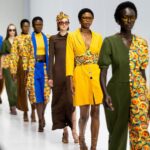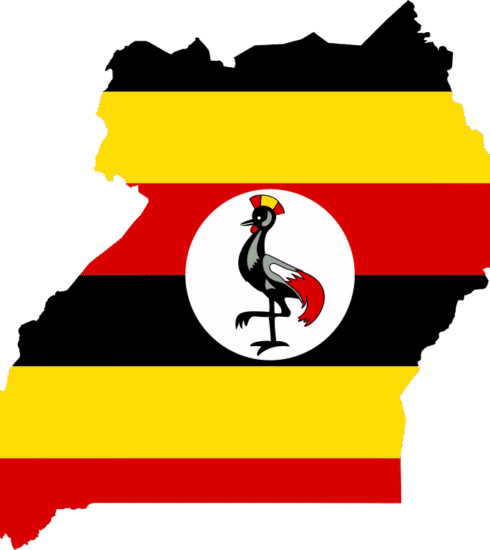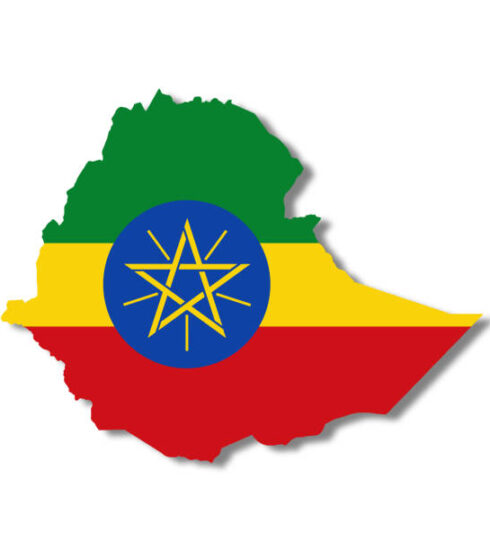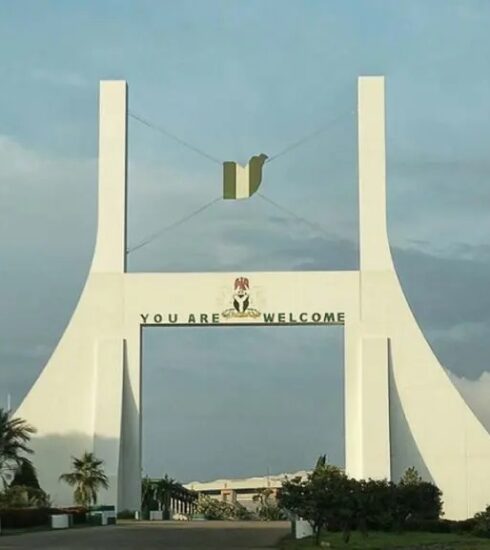A Brief Spotlight on Senegal
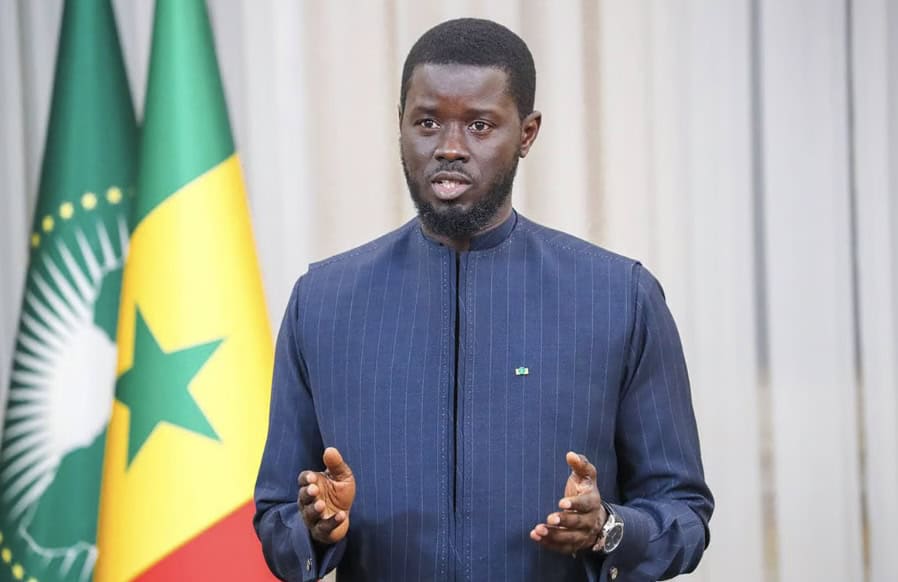
Bassirou Diomaye Faye is the President of Senegal. Credit: BBC
Senegal is a West African nation known for its vibrant culture, rich history, and strategic location as the “Gateway to Africa”. It borders Mauritania to the north, Mali to the east, Guinea to the southeast and Guinea-Bissau to the southwest. Senegal nearly surrounds The Gambia, a country occupying a narrow sliver of land along the banks of the Gambia River, which separates Senegal’s southern region of Casamance from the rest of the country. It also shares a maritime border with Cape Verde. Senegal’s capital is Dakar.
Long considered one of Africa’s model democracies, the west African nation of Senegal has a tradition of stable governments and civilian rule.
Slaves, ivory and gold were exported from the coast during the 17th and 18th Centuries, and now the economy is based on agriculture. The money sent home by Senegalese living abroad is a key source of revenue.
Hundreds of Senegalese were killed in a separatist conflict in the southern region of Casamance, but violence lessened after a 2014 ceasefire. The country’s stability has allowed it to send peacekeeping troops to DR Congo, Liberia and Kosovo.
In February 2024, President Macky Sall plunged the country into a crisis when he postponed presidential elections, amid what some saw as a threat to one of the remaining democracies in coup-hit West Africa.
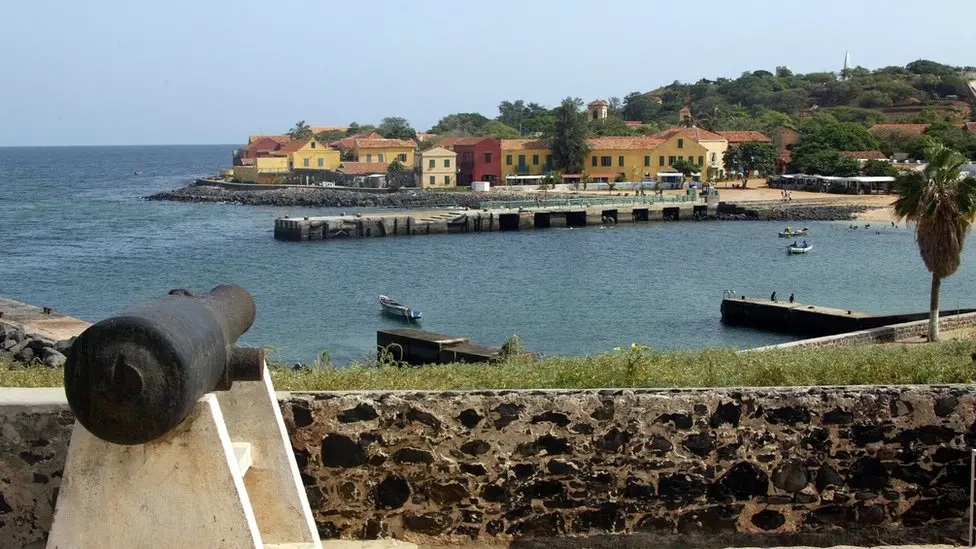
The Senegalese island of Goree was the largest slave-trading centre on the African coast. Credit: BBC
However, an election was held in March 2024 with opposition politician Bassirou Diomaye Faye winning the poll to become Africa’s youngest elected president.
Almost two-fifths of Senegal’s people are Wolof, members of a highly stratified society whose traditional structure includes a hereditary nobility and a class of musicians and storytellers called griots. Contemporary Senegalese culture, especially its music and other arts, draws largely on Wolof sources, but the influences of other Senegalese groups (among them the Fulani, the Serer, the Diola, and the Malinke) are also evident. Wolof predominates in matters of state and commerce as well, and this dominance has fueled ethnic tension over time as less-powerful groups vie for parity with the Wolof majority.
Senegal is home to several internationally renowned musicians and artists. Other aspects of Senegalese culture have traveled into the larger world as well, most notably Senghor’s espousal of Negritude—a literary movement that flourished in the 1930s, ’40s, and ’50s and that emphasized African values and heritage.
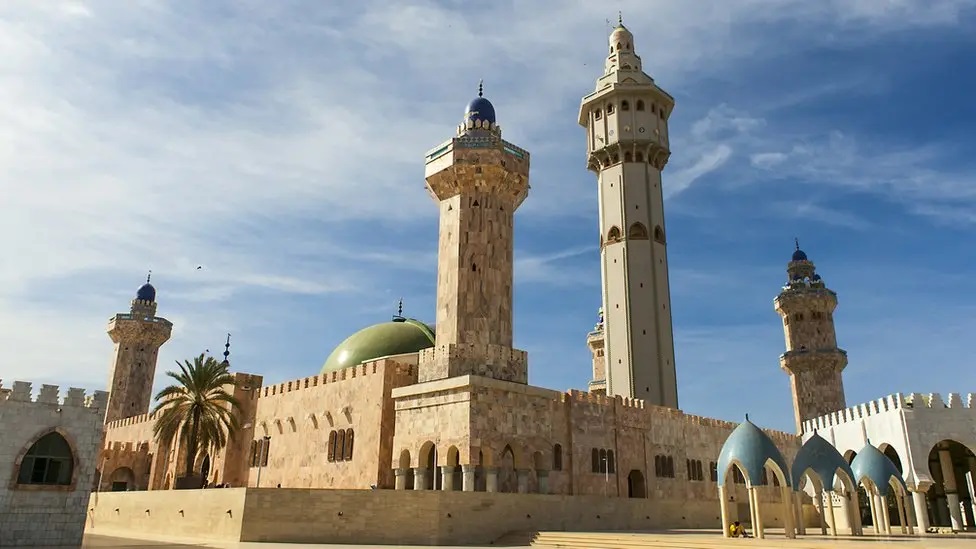
Senegal’s Great Mosque of Touba is one of the largest in Africa. Credit:BBC
Some 39 languages are spoken in Senegal, including French (the official language) and Arabic. Linguists divide the African languages spoken there into two families: Atlantic and Mande. The Atlantic family, generally found in the western half of the country, contains the languages most widely spoken in Senegal—Wolof, Serer, Fula, and Diola. Mande languages are found in the eastern half and include Bambara, Malinke, and Soninke.
The towns of Saint-Louis (founded in 1659) and Dakar (1857) are the oldest in Senegal. Saint-Louis, originally the capital of French West Africa and noted for its colonial heritage, was designated a UNESCO World Heritage site in 2000. Dakar replaced Saint-Louis as the capital of French West Africa in 1902. Other towns, founded more recently and of colonial origin, typically developed as collection points for the peanut trade and later evolved into urban centres. These towns were often stops along the railroad lines, as at Thiès, Tivaouane, Mékhé, and Louga (between Dakar and Saint-Louis) or at Khombole, Bambey, Diourbel, Gossas, Kaffrine, and Koungheul (between Thiès and Kayes, Mali).
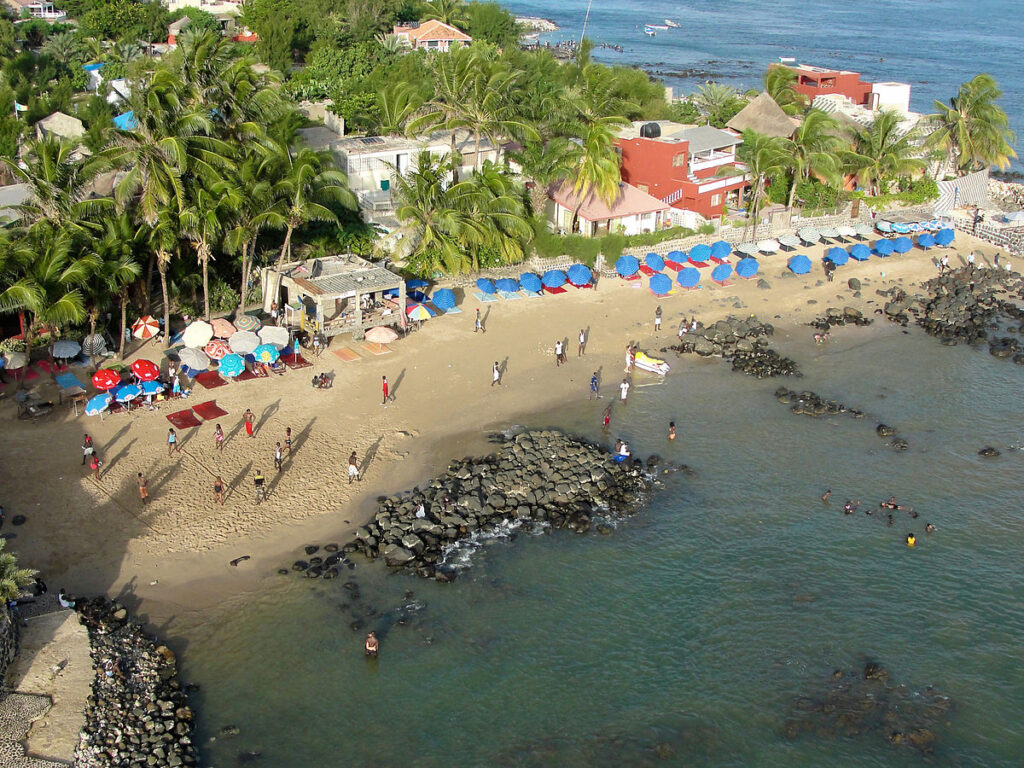
The Ngor beach in Senegal is a popular tourist destination. Credit: Wikipedia
The population of Senegal has been growing at a rate that is higher than the world average but is comparable to other countries in the region. Life expectancy figures for Senegal, averaging about 61 years for both men and women, are among the highest in sub-Saharan Africa.
The Senegalese economy has traditionally revolved around a single cash crop, the peanut. The government, however, has worked to diversify both cash crops and subsistence agriculture by expanding into commodities such as cotton, garden produce, and sugarcane as well as by promoting nonagricultural sectors. The government was successful in making fishing, phosphates, and tourism major sources of foreign exchange at the beginning of the 21st century, although the condition of the transportation and power infrastructure placed limits on the amount of expansion possible. Exploitation of mineral resources such as gold, petroleum, and natural gas has also diversified the economy.
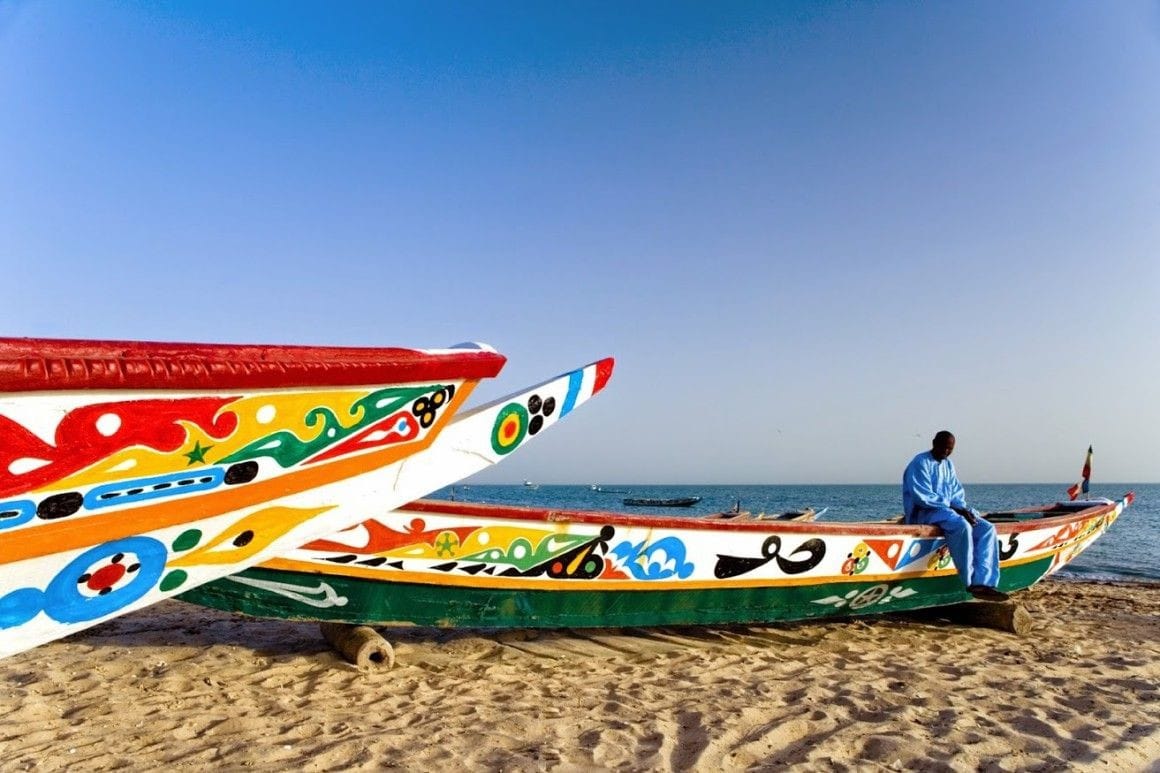
Colorful fishing boats of the coast of Dakar. Credit: Wikipedia
A wide variety of foods are available in Senegal. Millet, couscous, and rice form the basis of many meals; peanuts and fresh seafood are common sources of protein; and chiles and palm oil are used for flavouring. Common dishes include thiéboudienne, rice served with a fish and vegetable sauce; yassa au poulet or yassa au poisson, grilled chicken or fish in an onion and lemon sauce; and mafé, a peanut-based stew. Meals are generally eaten communally from a single serving dish, as they are in many parts of West Africa, and a code of conduct called fayda ensures proper sharing. Senegalese beer is produced primarily by breweries in Dakar.
Independence Day is celebrated on April 4th. The country also celebrates various Christian and Islamic holidays.
